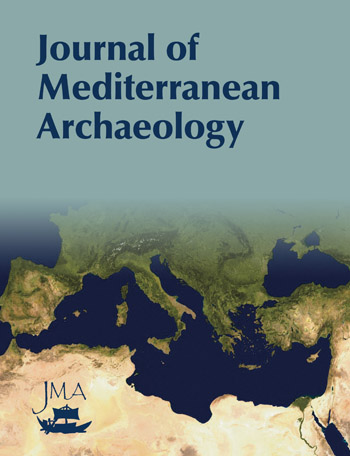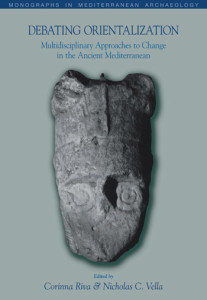Reviews
This volume contributes not only to our understanding of the Punic world it but also enriches the facts concerning the Western Mediterranean, without taking into account the fact that the method represents a potential model for other regions, Phoenicia, for example. Its principle advantage is an original approach from all types of sources. Because it isn’t simple a compilation of prior research, existing sources and a summary of searches or surveys, the collective work brings a major and quality contribution to our best understanding of ancient rural life, Punic in particular.
English translation of review in French by Élodie Guillon, Université de Toulouse, Bryn Mawr Classical Review
If we assess the information contained in this volume, our opinions must be highly positive, as the relevant and necessary aims set by the editors have been broadly achieved. Readers will find new, interesting and well documented information within a coherent structure. It is, without doubt, an obligatory reference book for anyone who wants to approach the Punic strategy for agricultural production from an international perspective.
Teresa Chapa Brunet, Complutense University, Madrid, European Journal of Archaeology
This is a book that scholars and students alike have been eagerly awaiting. P. van Dommelen and C. Gómez Bellard should be congratulated on putting together a work of scholarship that will outlive its time.
Journal of Roman Archaeology
This is an excellent book, which deserves to be read not only by those with an interest in survey and rural archaeology, but also by anyone with an interest in the western Mediterranean between the 6th and 1st centuries BC, whether historian or archaeologist. Van Dommelen and Gómez Bellard, together with their collaborators, have synthesized a vast range of archaeological fieldwork undertaken across much of the western Mediterranean in the last century; furthermore, in doing so they have developed a sophisticated (and potentially provocative) set of arguments regarding the label ‘Punic’ and some key aspects of Carthaginian hegemony in the western Mediterranean; and they have managed that semi-mythical feat of producing an edited volume that is truly coherent and consistently easy to read.
Levant








